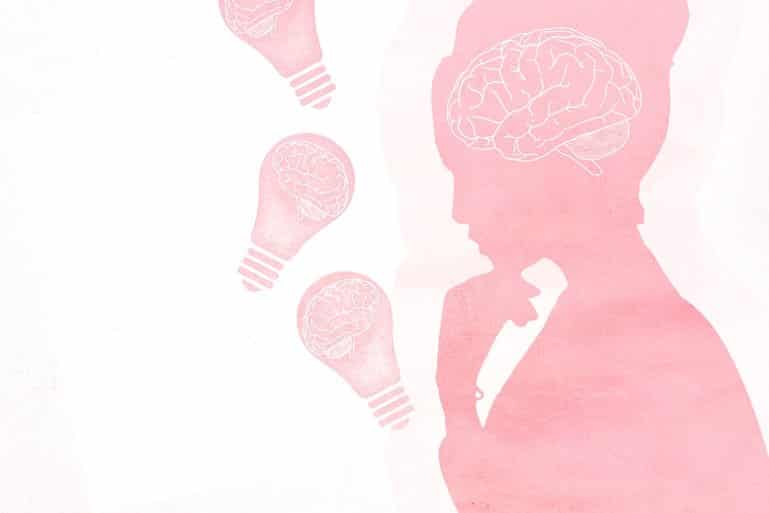Summary: Researchers have identified a brain rhythm associated with emotional conflict that appears to be a biomarker for anxiety disorder.
Source: University of Otago
A University of Otago researcher has discovered a brain signal that will help improve the diagnosis and treatment of anxiety disorders.
Professor Neil McNaughton and his team from the Department of Psychology have completed the final step in testing their biomarker, a brain rhythm produced by emotional conflict, in patients with anxiety.
The research, funded by the NZ Health Research Council and now published by Nature in Scientific Reports, found that patients with anxiety disorders had high conflict rhythmicity that differed in its extent across diagnoses.
Those with high scores represent a specific kind of anxiety disorder, which will be more likely to respond to specific anti-anxiety drugs. However, those with particularly extreme scores will be resistant to conventional treatment.
Professor McNaughton says the biomarker is based on a theory that has been evolving for more than 50 years.
It is an important break-through as current psychiatric diagnoses use symptoms (e.g. cough) not causes (e.g. SARS-CoV-2), so there are no clear targets for therapy, and current treatments, both drugs and psychological, have low response rates.

The new biomarker can help develop new diagnostic tests and treatments for anxiety disorders, meaning patients will achieve remission faster and with a less hit-and-miss choice of treatments, he says.
“Our biomarker provides an immediate foundation for the development of new drugs and for diagnostic tests that could guide treatment choice and so improve response rates.”
In the longer term, the underlying theory of the research should also allow similar advances across the range of threat and stress-related disorders.
“This could represent a revolution in the application of theoretical neuroscience to psychiatry, and to the current trend to link psychopathology with personality theory.”
Better treatment for anxiety disorders will help reduce the burden on patients, their families, workplaces, and governments through reduced health costs, Professor McNaughton says.
About this anxiety research news
Author: Liane Topham-Kindley
Source: University of Otago
Contact: Liane Topham-Kindley – University of Otago
Image: The image is in the public domain
Original Research: Open access.
“Right frontal anxiolytic-sensitive EEG ‘theta’ rhythm in the stop-signal task is a theory-based anxiety disorder biomarker” by Shabah M. Shadli, Lynne C. Ando, Julia McIntosh, Veema Lodhia, Bruce R. Russell, Ian J. Kirk, Paul Glue & Neil McNaughton. Scientific Reports
Abstract
Right frontal anxiolytic-sensitive EEG ‘theta’ rhythm in the stop-signal task is a theory-based anxiety disorder biomarker
Psychiatric diagnoses currently rely on a patient’s presenting symptoms or signs, lacking much-needed theory-based biomarkers. Our neuropsychological theory of anxiety, recently supported by human imaging, is founded on a longstanding, reliable, rodent ‘theta’ brain rhythm model of human clinical anxiolytic drug action.
We have now developed a human scalp EEG homolog—goal-conflict-specific rhythmicity (GCSR), i.e., EEG rhythmicity specific to a balanced conflict between goals (e.g., approach-avoidance). Critically, GCSR is consistently reduced by different classes of anxiolytic drug and correlates with clinically-relevant trait anxiety scores (STAI-T). Here we show elevated GCSR in student volunteers divided, after testing, on their STAI-T scores into low, medium, and high (typical of clinical anxiety) groups.
We then tested anxiety disorder patients (meeting diagnostic criteria) and similar controls recruited separately from the community. The patient group had higher average GCSR than their controls—with a mixture of high and low GCSR that varied with, but cut across, conventional disorder diagnosis.
Consequently, GCSR scores should provide the first theoretically-based biomarker that could help diagnose, and so redefine, a psychiatric disorder.







